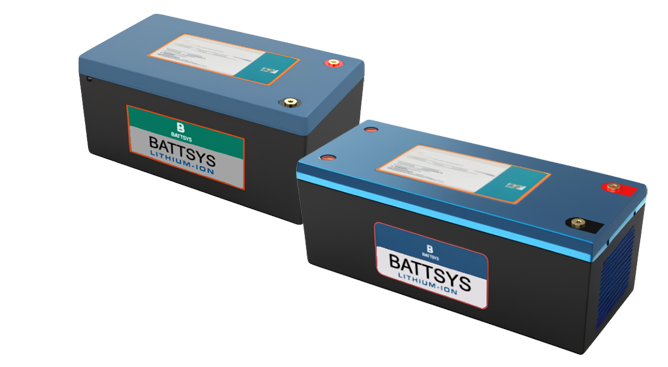Analysis of the causes of power battery fire.
A summary of the causes of lithium battery abnormalities, including lithium battery capacity, internal resistance, voltage, excessive thickness, and open circuit, has been compiled and shared with everyone in Battery City.
1. Low battery capacity
Causes: a. Insufficient amount of attached materials; b. There is a significant difference in the amount of material attached to both sides of the polarizer; c. Pole fracture; d. Low electrolyte; e. Low electrolyte conductivity; f. The positive and negative electrode plates are not properly matched; g. The porosity of the membrane is small; h. Adhesive aging → detachment of attached materials; i. The core is too thick (not dried or the electrolyte has not penetrated) j. It is not fully charged during capacity division; k. The positive and negative electrode materials have a smaller specific capacity.

2. High internal resistance of battery
Causes: a. Poor soldering between the negative electrode and the electrode lug; b. Positive electrode plate and electrode ear have virtual welding; c. Positive electrode ear and cap have virtual welding; d. Negative electrode ear and shell virtual welding; e. The contact resistance between rivets and pressure plates is high; f. Positive electrode without conductive agent added; g. The electrolyte does not contain lithium salts; h. The battery has experienced a short circuit in the past; i. The porosity of the diaphragm paper is small.
3. Low battery voltage
Reason for occurrence:
a. Side reactions (electrolyte decomposition; impurities in the positive electrode; presence of water); b. Not properly formed (SEI film not yet formed safely); c. Leakage of the customer's circuit board (referring to the batteries returned by the customer after processing); d. The customer did not perform spot welding as required (on the battery cells processed by the customer); e. Burr; f. Micro short circuit; g. The negative electrode produces dendrites.
4. Ultra thick
a. Weld seam leakage; b. Electrolyte decomposition; c. Undried moisture; d. Poor sealing of the cap; e. The shell wall is too thick; f. The shell is too thick; g. The core is too thick (too much attached material; the pole piece is not compacted; the diaphragm is too thick).
5. Abnormal battery formation
a. Not fully formed (SEI film incomplete, dense); b. Excessive baking temperature → adhesive aging → material detachment; c. Low specific capacity of negative electrode; d. There is more positive electrode material and less negative electrode material; e. Cap leakage, weld leakage; f. The electrolyte decomposes and the conductivity decreases.
6. Battery explosion
a. There is a malfunction in the distribution cabinet (causing overcharging); b. Poor diaphragm closure effect; c. Internal short circuit.
7. Battery short circuit
a. Material dust; b. When the shell is put on, it will break; c. Scratching with a ruler (the diaphragm paper is too small or not properly padded); d. Uneven winding; e. Not packaged properly; f. The diaphragm has holes; g. Burr
8. Battery open circuit
a) The ears and rivets are not welded properly, or the effective welding area is small; b) The connecting piece is broken (the connecting piece is too short or welded too low with the pole piece during spot welding)
